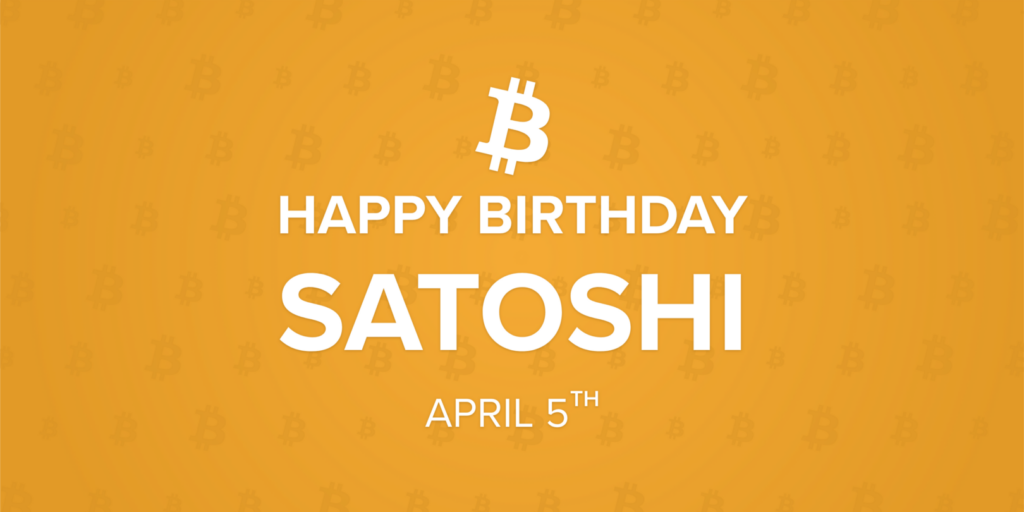On April 5, 1975, the world welcomed a date that would later gain cryptic significance in the annals of cryptocurrency history: the supposed birthday of Satoshi Nakamoto, the enigmatic founder of Bitcoin. While little is known about the true identity—or even the existence—of the person or group behind this pseudonym, this date emerged as a key detail when Nakamoto registered a profile on the P2P Foundation forum decades later. On that profile, created in 2008 to share the Bitcoin whitepaper and engage with early adopters, April 5, 1975, was listed as Nakamoto’s birthdate, offering one of the few personal breadcrumbs left by the mysterious figure who would go on to reshape digital finance.
Back in 1975, April 5 was an unremarkable Saturday in a world far removed from the blockchain revolution. The global economy was grappling with the aftermath of the 1973 oil crisis, and technology was in a primitive state compared to the digital age Nakamoto would later influence. The internet as we know it didn’t exist—ARPANET, its precursor, was still a niche network for academics and military researchers. Computers were bulky mainframes, and the idea of a decentralized digital currency would have seemed like science fiction. Yet, this date, whether real or fabricated, became a symbolic anchor for Nakamoto’s persona when it surfaced years later, sparking curiosity and speculation among Bitcoin’s growing community.
On that spring day in 1975, historical records note a few notable events that provide context to the era Nakamoto claimed as their own. In the United States, the Vietnam War was nearing its end, with the fall of Saigon just weeks away. Chiang Kai-shek, the longtime leader of Taiwan, passed away in Taipei, marking a shift in East Asian politics. Meanwhile, in the realm of technology, Microsoft was still a fledgling company, having been founded less than a year earlier by Bill Gates and Paul Allen. These events paint a picture of a world in transition, one that Nakamoto—born, according to their claim, on this day—would eventually disrupt with the release of Bitcoin’s whitepaper in 2008.
The choice of April 5, 1975, as Nakamoto’s listed birthday has intrigued crypto enthusiasts ever since it became public knowledge. On the P2P Foundation forum, where Nakamoto announced Bitcoin’s launch, the profile stood as a sparse but tantalizing artifact. Alongside the birthday, Nakamoto listed Japan as their location, adding to the mystery—yet no further personal details were provided. On April 5, 1975, if Nakamoto was indeed born, they entered a world oblivious to the digital revolution they would ignite 33 years later. Some speculated the date might hold symbolic meaning—perhaps a nod to cryptography or a historical event—but on that day, it remained just a quiet entry in a life (or legend) yet to unfold.
For the Bitcoin community, April 5, 1975, carries a mystique tied not to what happened that day, but to what it represents: the origin of an idea that would challenge banks, governments, and the very concept of money. Whether Nakamoto was truly born then or chose the date as part of their carefully crafted anonymity, it marked the beginning of a persona that, by 2009, would gift the world Bitcoin and then vanish, leaving behind a legacy built on code and secrecy.
